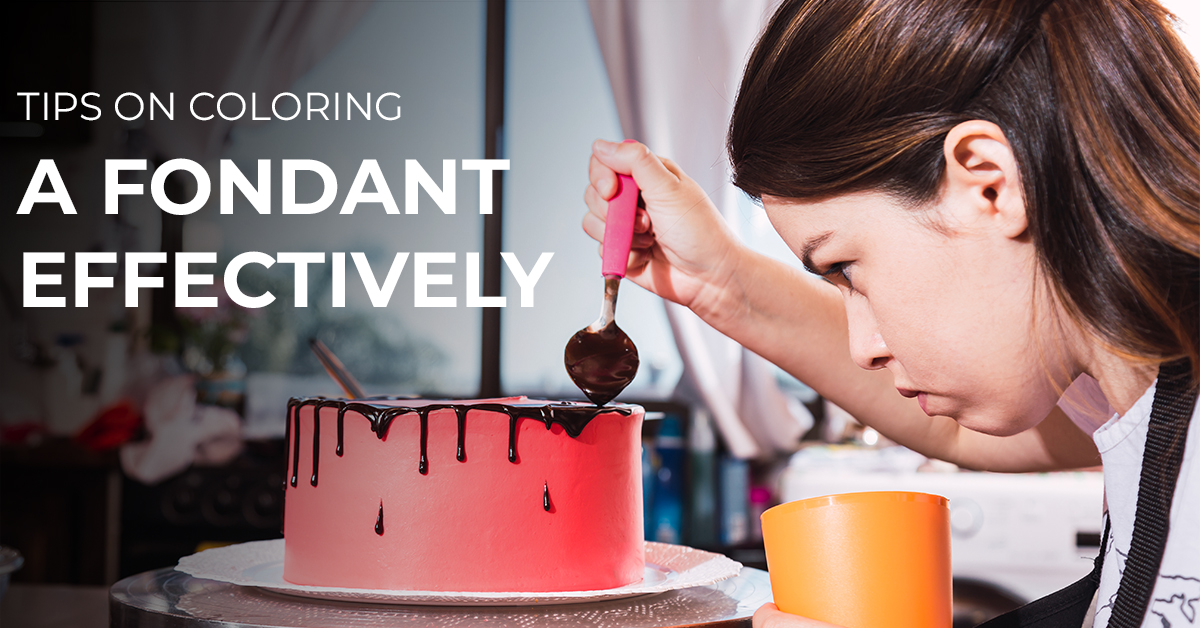Coloring fondant is an essential skill for any baker or cake decorator. It can give a good reputation as a good baker with the perfect taste. Whether creating a vibrant birthday cake or an elegant wedding masterpiece, mastering the art of coloring fondant can elevate your creations to the next level. We’ll delve into everything you need to know about coloring fondant correctly and effectively. Start choosing suitable coloring agents for mixed techniques and troubleshooting common issues; Zeroin Academy the best baking institute in Chennai will equip you with the tactics to achieve stunning results every time. Consistently providing the same results could be a bit difficult for beginners at the start.
The Right Coloring Agents :
Before you begin coloring your fondant, selecting the right coloring agents is crucial. Try different combinations for getting the desired results. Various options include gel, liquid, and powdered food coloring. Cake Making Classes in Chennai give you a detailed view of selecting the right Gel colors, which are highly concentrated and offer vibrant hues without altering the fondant’s consistency. Liquid colors, on the other hand, can be easier to mix but may require more significant amounts to achieve intense shades. Powdered colors are ideal for achieving pastel tones or dusting onto dry fondant surfaces.
Quality Products:
Choose high-quality products specifically formulated for baking and cake decorating when choosing coloring agents. These products are designed to blend effortlessly with fondant and won’t affect its texture or taste. Additionally, consider the desired color intensity and the type of fondant you use when selecting your coloring agents.
Mixing Techniques for Perfection:
Once you’ve chosen your coloring agents, it’s time to master the art of mixing. Proper mixing techniques are essential for achieving uniform colors and avoiding streaks or patches in your fondant. Start by kneading your fondant until it’s soft and pliable. Divide it into smaller portions if you plan to create multiple colors.
Next, add a small amount of coloring agent to your fondant and knead it thoroughly until the color is evenly distributed. If you’re using gel or liquid colors, start with a small amount and gradually add more until you reach the desired shade. Mix powdered colors with a small amount of water or clear alcohol before adding them to the fondant.
To achieve consistent colors across different batches of fondant, consider measuring your coloring agents using precise measurements. This will help you replicate colors accurately and avoid inconsistencies in your finished creations.
Types of fondant you can work with
Traditional Rolled Fondant:
Traditional rolled fondant is perhaps the most well-known type of fondant. Its smooth, pliable texture makes it ideal for covering cakes and creating a flawless, polished finish. Traditional rolled fondant is typically made from sugar, water, gelatin, and glycerin. It is available in various colors and can be flavored with extracts or oils to add a hint of taste to your creations.
Marshmallow Fondant:
Marshmallow fondant, or MMF, is a homemade fondant made from melted marshmallows, powdered sugar, and water. It is softer compared to traditional rolled fondant and has a slightly sweeter taste. Marshmallow fondant is easy to make at home and is often preferred by home bakers for its pliability and affordability.
Commercial Fondant:
Commercial fondant is a pre-made fondant that is available in stores in ready-to-use packs. It comes in a variety of colors and flavors and is convenient for bakers who want to save time on preparation. Commercial fondant is often used for covering cakes and creating simple decorations, but it may need a different elasticity and workability than homemade fondant.
Modeling Fondant:
Modeling fondant, also known as gum paste or modeling paste, is a firmer type of fondant specifically designed for creating intricate decorations and figurines. It contains added ingredients like tylose powder or gum tragacanth, which give it more elasticity and allow it to hold its shape when moulded. Modeling fondant is often used for crafting flowers, leaves, and other detailed designs that require fine sculpting.
Chocolate Fondant:
Chocolate fondant is a delicious variation of traditional rolled fondant that incorporates cocoa powder or melted chocolate into the recipe. It has a rich chocolate flavor and a slightly softer texture compared to regular fondant, making it perfect for covering chocolate cakes or adding decadent decorations to desserts.
Our cake classes in Chennai help you learn each technique with ease by providing basic carving tools to enhance your baking skill.
Avoiding Common Issues:
Even with the right coloring agents and mixing techniques, you may encounter some common issues when coloring fondant.
- One common problem is achieving vibrant colors without altering the fondant’s texture. If your fondant becomes too sticky or soft after adding coloring agents, try incorporating additional powdered sugar to restore its consistency.
- Another issue you may encounter is color fading over time, especially if your creations are exposed to light or air. To prevent this, store your colored fondant in airtight containers away from direct sunlight.
- If you need help to achieve a specific shade, Experiment with mixing different colors. You can create custom hues by blending primary colors or adding a touch of black to deepen shades.
Coloring fondant is a skill that takes time and practice to master, but with the right techniques and knowledge, you can create stunning, professional-looking creations. By choosing Zeroin Academy for bakery training in Chennai, you’ll be well on your way to becoming a fondant coloring expert.



